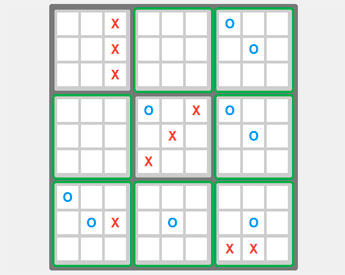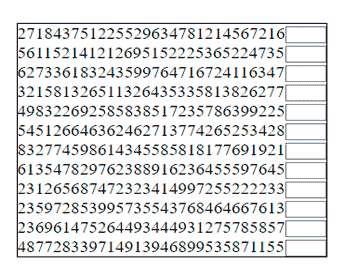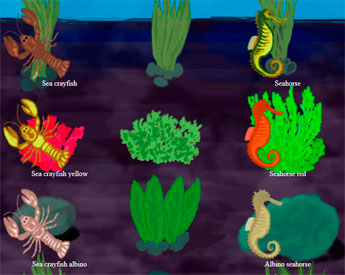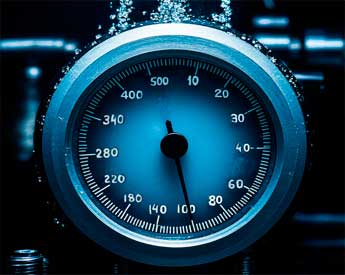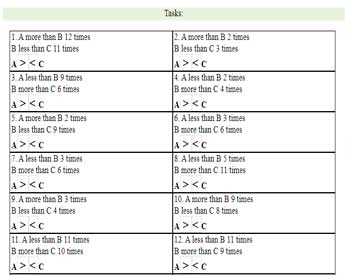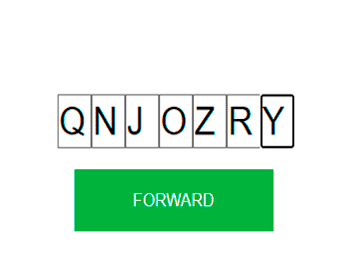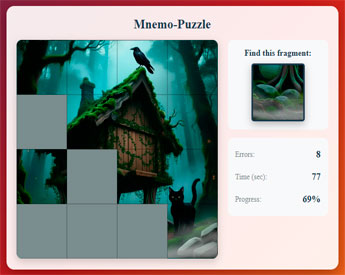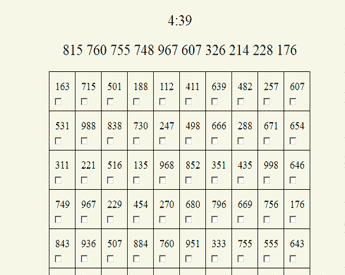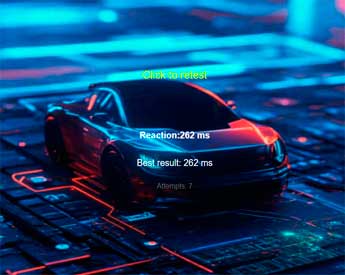|
METODORF.COM
Interactive Portal-Book of Methods of Self-Development
|
|||||||||||||||||||||||||||||||||||||||||||||||||||||||||||||||||||||||||||||||||||||
Bourdon Test - Landolt Rings Online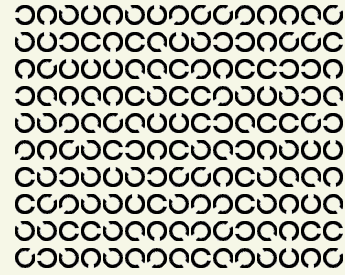 The Bourdon test in the modification of "Landolt's Ring" is an attention test in which, in addition to the usual alphabetic symbols and numbers, ring elements with a certain direction of the gap are used. That is, the rings can have a cut on 8 sides - horizontally and vertically, as well as along the diagonals, among which it is necessary to highlight the rings that have a certain direction of the gap. The Landolt Ring test evaluates indicators such as speed, accuracy and productivity of attention, as well as mental performance and other indicators. Instructions for performing the Bourdon test - Landolt's rings:The subject's task is to sequentially from left to right looking through the rows of rings to find and select among them those rings that have a certain direction of the gap. In the case of a simple version of Landolt rings, it is necessary to find rings with one direction of the gap, other options suggest searching for rings with two different directions of the gap. The time of working with the table of rings, as in the case of the alphabetic and numerical Bourdon test, is 5 minutes, after which you will be automatically redirected to the page with the test results. If you have selected all rings with a given direction of the gap, click the Submit button. A simplified version of the Landolt Rings test Instructions for performing the Landolt Rings test - professional version:In this variant of the Landolt Rings test, you will complete five blanks in sequence, one minute each for children and teens, and two minutes for adults. Every minute or two, depending on the version of the test, the test taker will begin filling out a new form until all five forms have been completed. The total duration of the test will be 5 minutes for the children's version and 10 minutes for the adult version, respectively. Upon completion of the test, the subject will go to the page of results compiled on the basis of the forms he filled out. Conditionally professional Landolt Rings test Professional Landolt Rings test for children (under 14 years old)
Professional Landolt Rings test for adults (from 14 years old) Correction test calculated indicators:
© Oleg Akvan metodorf.com Comment block No one has left comments here yet, be the first! Leave a comment:
Advertisement:
|
|||||||||||||||||||||||||||||||||||||||||||||||||||||||||||||||||||||||||||||||||||||
© 2014 - 2025 Oleg Akvan metodorf.com
All rights reserved!
All rights reserved!

